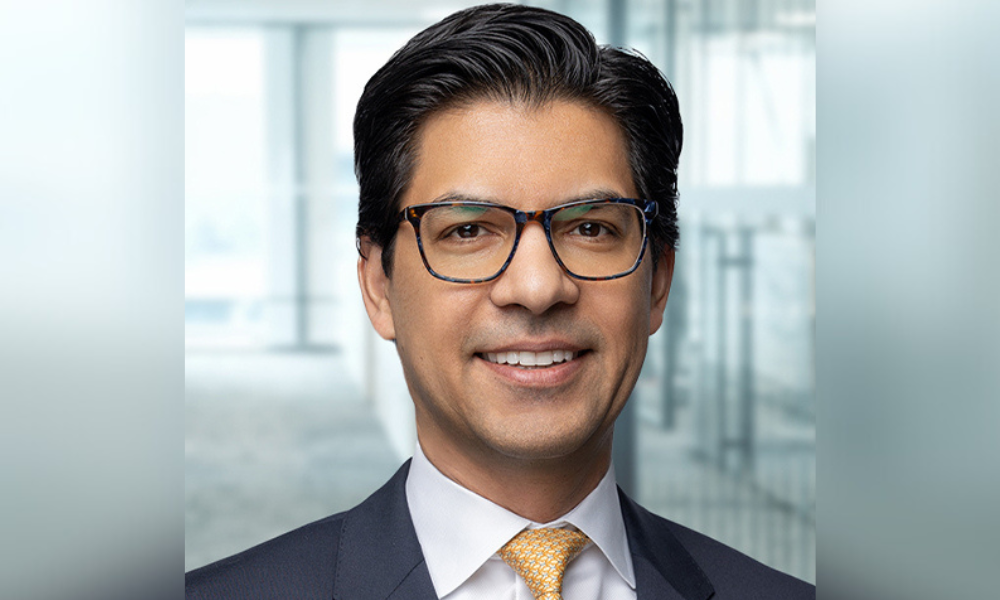With segregated funds continuing to grow as a result of regulatory arbitrage, the big winners could be insurers offering them with ETFs rather than mutual funds
Segregated funds are growing in popularity due in part to the impending CRM2 implementation in July 2016. With ETFs also exhibiting impressive growth it’s possible that insurers selling seg funds invested in ETFs rather than mutual funds could be riding the wave of the future.
The most recent stats available from Investor Economics suggest that segregated funds are growing at a double-digit pace with assets totalling more than $113 billion. Not huge by mutual fund standards whose assets number more than $1.1 trillion but significant given they’re only sold in the insurance channel.
The speculation is that dual-licensed advisors not wanting to operate in a post-CRM2 world will give up their mutual fund licenses and focus exclusively on the insurance side of wealth management where a similar regulatory overhaul isn’t taking place. Some suggest as many as 5% of advisors will choose to play “regulatory arbitrage” putting segregated funds back in the spotlight.
One company sure to benefit is Bank of Montreal whose insurance business offers four guaranteed investment funds, more commonly known as GIFs, which invest in ETFs rather than mutual funds. With the move to lower fees passive ETFs have become a huge part of the traditional fee-based advisors’ arsenal. BMO provides insurance advisors with the same opportunity.
Anyone who currently sells seg funds knows that they are more expensive than their regular mutual fund counterparts because of the insurance contract that’s attached to it. As a result, the MERs usually are between 3-5% compared to 1-3% for traditional mutual funds. Essentially, 50% of a client’s MER is for the investment management and 50% for the insurance fee.
BMOs product charges a management fee of 1.5% and an insurance fee of between 1-1.5% with the total MER of 3.1% for Class A shares and 2.7% for those using the Prestige Class which requires a $250,000 minimum.
On the surface BMO’s seg funds appear to be a bargain amongst its peers – but there’s a catch.
Take for example its BMO Insurance Canadian Balanced Growth GIF. It invests in three BMO ETFs including the BMO S&P/TSX Capped Composite Index, which represents just less than 50% of the fund’s holdings. Its management fee is 0.05%. The other two ETFs charge between 0.20% and 0.30%. The GIF charges 1.5%.
A $100,000 investment would pay $1,500 in management fees annually. The ETFs purchased separately would incur management fees of $225.
The most recent stats available from Investor Economics suggest that segregated funds are growing at a double-digit pace with assets totalling more than $113 billion. Not huge by mutual fund standards whose assets number more than $1.1 trillion but significant given they’re only sold in the insurance channel.
The speculation is that dual-licensed advisors not wanting to operate in a post-CRM2 world will give up their mutual fund licenses and focus exclusively on the insurance side of wealth management where a similar regulatory overhaul isn’t taking place. Some suggest as many as 5% of advisors will choose to play “regulatory arbitrage” putting segregated funds back in the spotlight.
One company sure to benefit is Bank of Montreal whose insurance business offers four guaranteed investment funds, more commonly known as GIFs, which invest in ETFs rather than mutual funds. With the move to lower fees passive ETFs have become a huge part of the traditional fee-based advisors’ arsenal. BMO provides insurance advisors with the same opportunity.
Anyone who currently sells seg funds knows that they are more expensive than their regular mutual fund counterparts because of the insurance contract that’s attached to it. As a result, the MERs usually are between 3-5% compared to 1-3% for traditional mutual funds. Essentially, 50% of a client’s MER is for the investment management and 50% for the insurance fee.
BMOs product charges a management fee of 1.5% and an insurance fee of between 1-1.5% with the total MER of 3.1% for Class A shares and 2.7% for those using the Prestige Class which requires a $250,000 minimum.
On the surface BMO’s seg funds appear to be a bargain amongst its peers – but there’s a catch.
Take for example its BMO Insurance Canadian Balanced Growth GIF. It invests in three BMO ETFs including the BMO S&P/TSX Capped Composite Index, which represents just less than 50% of the fund’s holdings. Its management fee is 0.05%. The other two ETFs charge between 0.20% and 0.30%. The GIF charges 1.5%.
A $100,000 investment would pay $1,500 in management fees annually. The ETFs purchased separately would incur management fees of $225.



